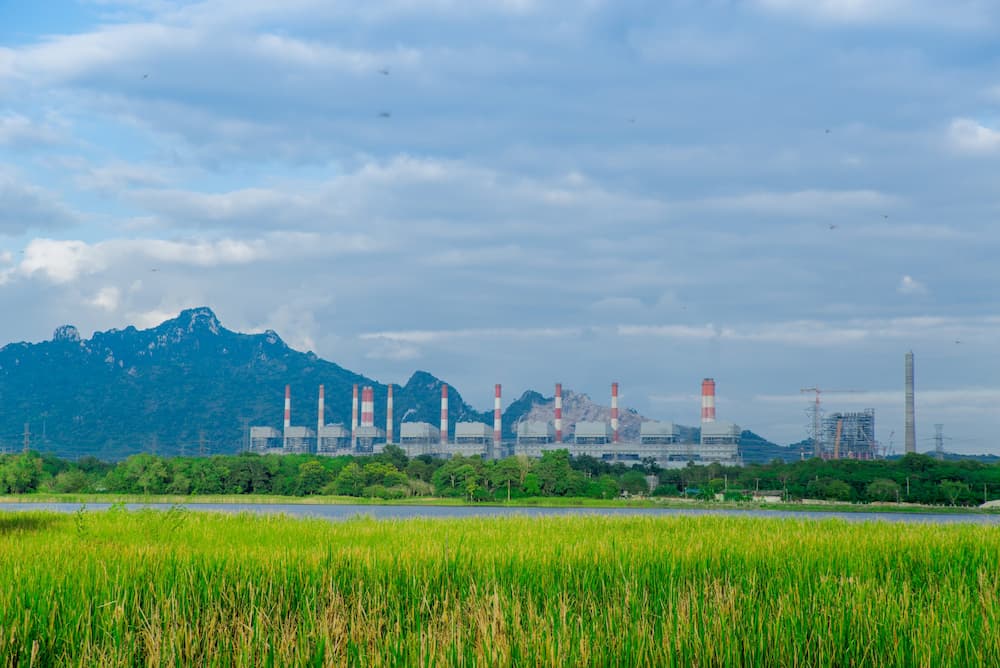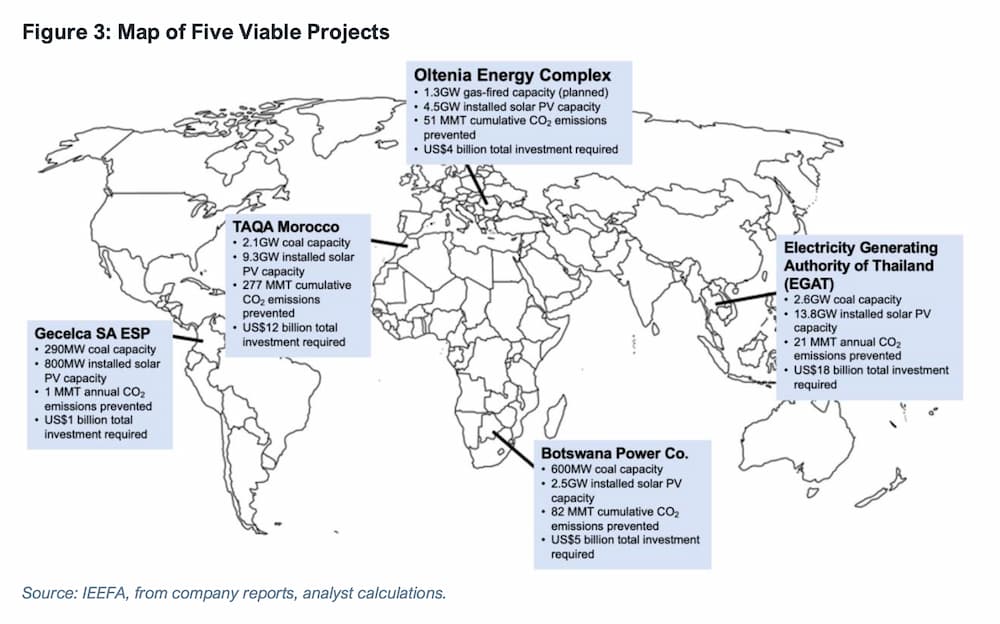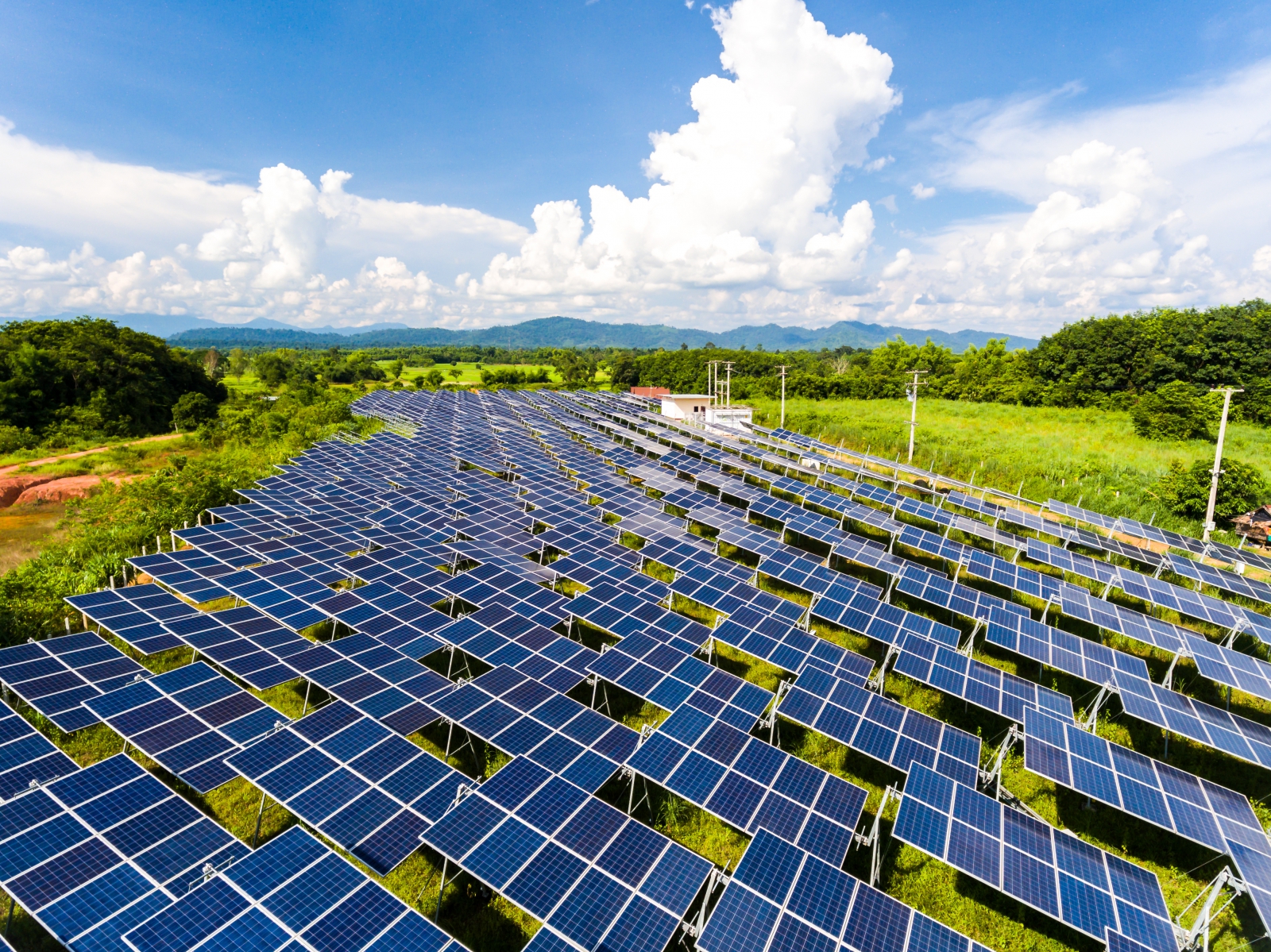
Mae Moh coal-fired power plant in Thailand. (Photo: EGAT)
In 2023, global coal-fired power plant capacity has increased rather than decreased, partly because power plants cannot afford the high costs of early retirement. However, a new report released on June 17 by the U.S. think tank Institute for Energy Economics and Financial Analysis (IEEFA) indicates that more than 800 coal-fired power plants in emerging markets could transition to renewable energy profitably, creating more investment opportunities for the decarbonization of the energy industry.
IEEFA found that large-scale renewable energy investments, combined with revised Power Purchase Agreements (PPAs), can fully cover the costs required for converting coal-fired power plants and even yield substantial profits. This is mainly due to long-term PPAs that ensure significant revenue and can gradually reduce and eliminate coal-fired power generation over the 20 to 30 years of renewable energy construction and phased commissioning.
The report uses case studies from five countries—Botswana, Colombia, Morocco, Romania, and Thailand—to demonstrate the feasibility of this model. It shows that, without any government subsidies, energy transition can be initiated within five years, with all costs borne by private investors. These costs include plant decommissioning expenses, compensation for investment losses due to plant closure, PPA financing costs, renewable energy construction and development costs, workforce retraining, and grid infrastructure updates.

IEEFA's report uses case studies from five countries to demonstrate the feasibility of the new model, one of which is Thailand. (Source: IEEFA)
Paul Jacobson, a guest contributor to IEEFA and the author of the report, stated that actual business cases show that replacing old coal-fired power plants with large-scale solar and storage systems can transform the energy mix and economic potential of emerging markets. Similar projects can help high-carbon-emission plants retire more than a decade early, providing incentives for substantial foreign investment and new employment opportunities.
Of the more than 800 coal-fired power plants identified by IEEFA, over 600 have been operating for more than 30 years and mostly have no debt or PPA constraints, making them relatively easier to transition to renewable energy. The costs associated with transitioning the remaining 200-plus plants can also be quickly amortized and made profitable under the new cooperative model.
The report also found that, compared to small projects, large-scale renewable energy projects exceeding 800 MW are more likely to become national development priorities, providing a foundation for long-term cost efficiency and local employment. Therefore, the feasibility of achieving energy transition through the new model is higher.
Jacobson believes that what the market currently lacks is visionary organizations. He calls on charitable foundations, private financial institutions, or development banks to join in, providing funding, expertise, and risk mitigation. However, he also cautions that high-interest rates, the construction of new power plants, and changes in regulatory policies are significant challenges that the new cooperative model must face.

The IEEFA report mentions that there are real business cases showing that large-scale solar and storage systems can replace old coal-fired power plants. (Photo: IEEFA)
Source: IEEFA, New York Times, Reuters





